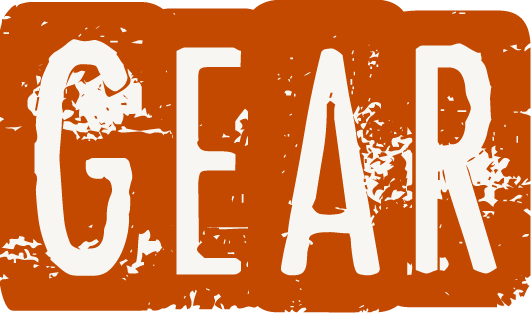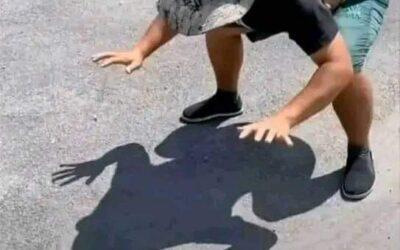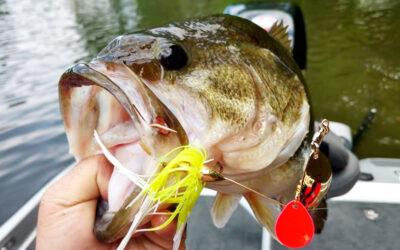We sit down with Bo Merckle of SamsSon Lures to discuss his unique idea for the ultimate memorializing bass fishing lure of your loved one.
Moon Phases and Bass Fishing: A Detailed Guide


What's the Big Deal With the Moon?
Understanding the relationship between moon phases and bass fishing can significantly improve your angling success. Various factors such as feeding habits, spawning behaviors, and preferred habitats are influenced by the lunar cycle. In this guide, we will explore how different moon phases affect bass fishing and provide tips for optimizing your fishing experience.

New Moon
During a new moon, the moon is between the Earth and the Sun, resulting in little to no moonlight. This phase is characterized by dark nights and significant tidal fluctuations.

Full Moon
A full moon takes place when the moon is on the opposite side of the Earth from the Sun, and its entire face is illuminated. This phase results in bright nights and considerable tidal changes.

First Quarter
The first quarter occurs when the moon is 90 degrees away from the Sun in the sky. The right half of the moon is illuminated, and the tides are less extreme than during a new or full moon.

Last Quarter
During the last quarter, the moon is 90 degrees away from the Sun again, but this time the left half is illuminated. Tides are relatively moderate, similar to the first quarter.

How Moon Phases Affect Bass Fishing
Feeding Habits
Bass are more likely to feed actively during the new and full moon phases due to increased tidal movements. These tides stir up the water, bringing food sources closer to the surface and making them more accessible for bass. Additionally, the darkness of a new moon or brightness of a full moon can affect the visibility of baitfish, making bass more likely to strike.
Spawning Behaviors
The full moon phase often triggers spawning in bass, especially during the spring months. As the water temperature rises and daylight hours increase, the full moon’s gravitational pull can induce spawning activity. This creates an opportunity for anglers to target bass in shallow waters where they are more likely to spawn.
Preferred Habitats
During the new and full moon phases, bass tend to move closer to the shorelines, as the stronger tidal movements create more favorable feeding conditions. In contrast, during the first and last quarter phases, bass may venture into deeper waters where the tides have a lesser impact.

Seasonal Guide to Reading Topography Maps
Master the art of reading topography maps to locate largemouth bass hotspots during each season. Learn how to identify key structures and locations that will help you catch more fish.
Fishing Tips for Each Moon Phase

New Moon
- Fish early in the morning or late in the evening when the darkness is most profound.
- Use dark-colored lures to create a silhouette against the night sky, making it easier for bass to detect your bait.
- Focus on areas near shorelines, as bass will be drawn to the increased tidal activity.

First Quarter
- Fish during the day, as the reduced tidal activity may cause bass to become more active during daylight hours.
- Target drop-offs, ledges, or other underwater structures where bass may seek shelter from the moderate tides.

Full Moon
- Fish at night, taking advantage of the increased visibility provided by the moonlight.
- Use lighter-colored lures to mimic the appearance of baitfish in the bright conditions.
- Target shallow spawning areas, especially during the spring months.

Last Quarter
- Similar to the first quarter, focus on daytime fishing and deeper water structures.
- Experiment with various retrieval speeds and lure presentations to entice bass in the calmer tidal conditions.

Conclusion
Understanding the relationship between moon phases and bass fishing can help you plan your trips more









0 Comments